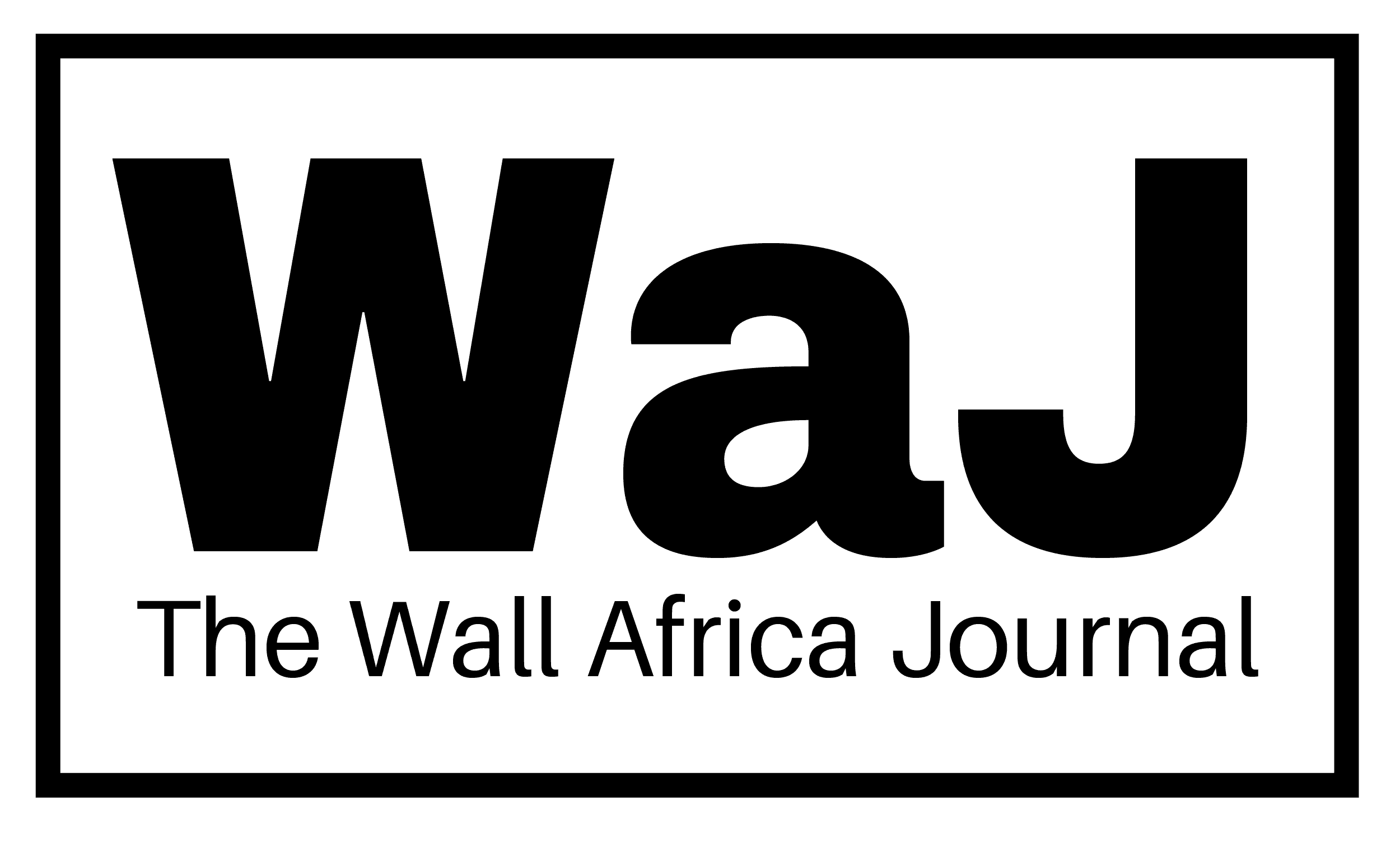Despite persistent global headwinds and internal pressures, several African countries are defying expectations in 2025 with strong economic growth fueled by reform, resource potential, and demographic dynamism. The latest International Monetary Fund (IMF) data highlights a group of nations leading Africa’s growth charge based on year-on-year GDP performance.
Africa’s population is projected to reach 2.5 billion by 2050, and with over 60% of its citizens under the age of 25, the continent holds immense long-term promise. Critical mineral wealth, an expanding middle class, and the ongoing implementation of the African Continental Free Trade Area (AfCFTA) continue to underpin growth across the region.
Still, challenges such as inflation, high debt, climate shocks, and political instability remain. Nevertheless, the following countries have emerged as the fastest-growing African economies in 2025:
- Ethiopia – 8.1% GDP Growth
Ethiopia leads Africa’s growth rankings in 2025, with an 8.1% expansion driven by infrastructure investment, agricultural productivity, and improved access to basic services. With a population of over 108 million, the country remains committed to its state-led development path despite debt and inflation concerns. - Senegal – 6.7% GDP Growth (Projected 8.4% in 2025)
Buoyed by political stability and the upcoming launch of oil and gas production, Senegal’s economy is expected to accelerate to 8.4%. Structural reforms and Dakar’s regional prominence continue to attract investment. - DR Congo – 6.5% GDP Growth
The Democratic Republic of Congo remains a mining powerhouse, benefiting from rising global demand for cobalt and copper. While poverty persists, the extractive sector’s 12.8% growth has stabilized foreign reserves and narrowed the current account gap. - Uganda – 6.3% GDP Growth
Uganda’s diversified growth, led by services and gold exports, has brought inflation down to 3.2% in 2024. Oil sector investments and development initiatives like the Parish Development Model are fueling domestic consumption and resilience. - Côte d’Ivoire – 6.0% GDP Growth
A regional success story, Côte d’Ivoire continues its transformation into a value-added economy, expanding cashew and cocoa processing industries. Growth is expected to reach 6.3% in 2025. - Ghana – 5.7% GDP Growth
Under a new administration, Ghana rebounded from economic slowdown with a boom in construction, mining, and ICT. While inflation remains high, external accounts have improved, and reforms under an IMF program are ongoing. - Tanzania – 5.4% GDP Growth
Tanzania’s economy remains stable and diversified, with agriculture, industry, and services contributing evenly. Poverty remains a concern, but GDP is projected to grow by 6% in 2025. - Kenya – 4.5% GDP Growth
Kenya weathered political unrest and fiscal tightening to post solid growth. With projected recovery through credit access and lower inflation, Kenya remains a key regional tech and trade hub. - Angola – 4.5% GDP Growth
Angola continues to diversify beyond oil, with agriculture and manufacturing showing promise. Despite downward revised projections, demographic dividends and natural resource potential remain high. - Mali – 4.4% GDP Growth
Though Mali’s economy is constrained by structural issues and low diversification, steady growth and currency stability offer modest optimism. Gold and cotton exports remain the primary drivers.
As Africa integrates further through AfCFTA and continues digital transformation, these top performers serve as examples of economic resilience, innovation, and potential for inclusive development across the continent.



